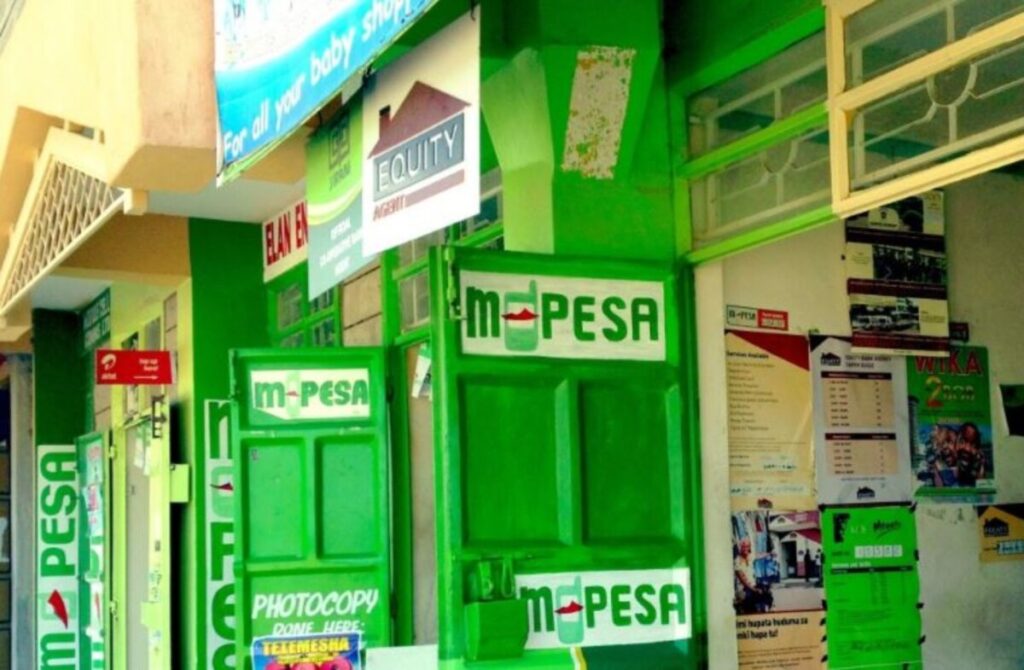
In the landscape of financial innovation, few stories rival that of M-Pesa, Kenya’s groundbreaking mobile money service launched in 2007 by Safaricom in partnership with Vodafone. Derived from “M” for mobile and “Pesa” meaning money in Swahili, M-Pesa was initially conceived to facilitate microloan repayments for rural farmers affiliated with the Faulu Kenya microfinance institution. At the time, traditional banking in Kenya was inaccessible to the majority: only about 23% of adults had formal bank accounts, constrained by geographic barriers, high costs, and stringent requirements like collateral. M-Pesa’s pilot in 2006, centered on SMS-based transfers for loan installments, revealed a broader need for simple, secure money movement without physical branches. By March 2007, its commercial rollout transformed remittances and payments, quickly amassing 17 million users by 2012 and processing billions in transactions annually.
M-Pesa’s core innovation lay in its agent network, over 600,000 outlets by 2022, including airtime sellers and small retailers, allowing users to deposit cash, convert it to e-money, and transfer it via basic feature phones. This leapfrogged traditional infrastructure, achieving 73% mobile money penetration by 2022, with M-Pesa handling 61 million daily transactions. Its success stemmed from low entry barriers: registration required only a national ID, and transactions were near-instantaneous and low-cost compared to Western Union or banks. Economically, it reduced poverty by 2% among households, per World Bank studies, by enabling savings, risk mitigation, and remittances, which was key for Kenya’s 80% unbanked population. However, M-Pesa’s true catalytic role emerged in credit markets, paving the way for digital loan apps.
The rise of loan apps in Kenya is inextricably linked to M-Pesa’s digital rails. Pre-M-Pesa, credit was dominated by microfinance institutions (MFIs) like Faulu, which disbursed loans in cash at distant branches, incurring high operational costs and default risks from poor tracking. M-Pesa digitized this process: users could repay loans via SMS transfers, eliminating travel expenses and enabling real-time monitoring. This efficiency inspired “Generation 3” financial services, as described in African Economic Research Consortium analyses, where banks integrated M-Pesa for micro-account management and credit disbursement. By 2012, partnerships proliferated; for instance, Commercial Bank of Africa (CBA) (now NCBA) and Safaricom launched M-Shwari, Kenya’s first fully digital savings and loan product. M-Shwari used transaction data from users’ M-Pesa histories to assess creditworthiness via algorithms, bypassing collateral. Loans up to KSh 20,000 were approved in minutes and disbursed directly to M-Pesa wallets, with repayments automated.
This model revolutionized collateral technology. Traditional lenders relied on physical assets, excluding informal workers and small entrepreneurs. M-Pesa’s data-rich ecosystem, tracking spending patterns, remittance frequency, and repayment behavior, enabled “thin-file” lending, where even those without credit histories could borrow based on digital footprints. By 2014, M-Pesa introduced Fuliza, an overdraft service allowing users to “flush” their balances for transactions, further embedding credit into daily use. These innovations spurred a fintech boom: loan apps like Tala (launched 2014) and Branch (2015) emerged, leveraging M-Pesa’s API for seamless integration. Tala, for example, disburses up to KSh 50,000 instantly to M-Pesa, using phone data for risk scoring, and has served 8 million Kenyans. Similarly, Little Pesa offers short-term loans up to KSh 200,000 via app, with funds hitting M-Pesa in seconds.
The role of M-Pesa in the rise of loan apps was indispensable. Its interoperability with banks, mandated by Kenya’s Central Bank, allowed apps to pull transaction data for scoring while pushing funds via M-Pesa’s vast network. This reduced disbursement costs by 90% compared to cash handling, per NBER studies, and scaled credit to underserved segments: women entrepreneurs, rural farmers, and gig workers. By 2020, digital credit outstanding reached a range of KSh 39 billion to KSh 195 billion, with apps comprising 70% of microloans. M-Shwari alone disbursed over KSh 787 billion in loans by May 2025, building credit scores that unlocked further access. Partnerships amplified this; KCB M-Pesa, a collaboration with Kenya Commercial Bank, offers loans up to KSh 100,000, blending telecom data with banking oversight.
Yet, the role of M-Pesa extends beyond facilitation to ecosystem building. It fostered financial literacy through integrated education on loan implications, reducing over-indebtedness risks. Cross-border expansions, like remittances via Western Union integrations, indirectly boosted domestic lending by stabilizing household finances. In Ethiopia and Tanzania, M-Pesa’s model has replicated this, but Kenya remains the epicenter, with loan apps now numbering over 120.
Jefferson Wachira is a writer at Africa Digest News, specializing in banking and finance trends, and their impact on African economies.
